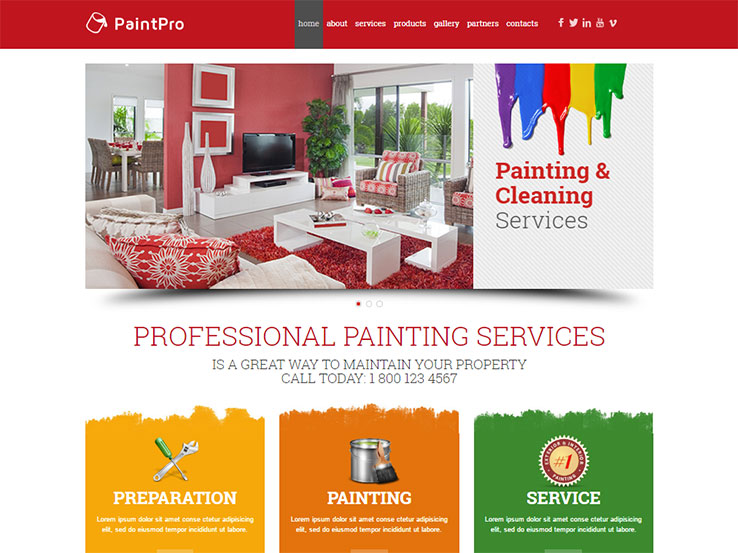What Function Do Appropriate Colors Play In Enhancing Your Brand'S Appearance In Business External Paint? Explore The Crucial Elements That Influence Your Decisions
What Function Do Appropriate Colors Play In Enhancing Your Brand'S Appearance In Business External Paint? Explore The Crucial Elements That Influence Your Decisions
Blog Article
Staff Writer-Joyce Bendixen
When it involves industrial exterior paint, the shades you pick can make or break your brand name's allure. Recognizing how different shades affect assumption is essential to drawing in clients and developing trust. Yet it's not almost individual preference; local trends and laws play a considerable function also. So, exactly how do you find the ideal equilibrium between your vision and what reverberates with the community? Allow's explore the crucial aspects that guide your color options.
Understanding Color Psychology and Its Effect On Service
When you select shades for your business's exterior, recognizing color psychology can significantly affect just how possible clients perceive your brand.
Shades evoke feelings and established the tone for your service. For instance, blue commonly shares trust and professionalism and reliability, making it ideal for financial institutions. Red can create a feeling of seriousness, excellent for restaurants and clearance sales.
Meanwhile, eco-friendly symbolizes growth and sustainability, interesting eco-conscious consumers. Yellow grabs interest and sparks optimism, but excessive can bewilder.
Consider your target market and the message you intend to send. By selecting the right shades, you not only boost your visual allure yet also straighten your picture with your brand name values, inevitably driving customer interaction and loyalty.
Analyzing Resident Trends and Rules
How can you ensure your outside painting selections reverberate with the neighborhood? Beginning by researching local trends. Visit nearby services and observe their color schemes.
Take note of what's prominent and what feels out of area. This'll help you straighten your options with community looks.
Next, check local regulations. visit the following post have standards on exterior colors, specifically in historic districts. You don't wish to hang out and cash on a combination that isn't compliant.
Involve with local business owners or community groups to gather insights. They can supply valuable feedback on what shades are popular.
Tips for Integrating With the Surrounding Environment
To develop a natural look that blends perfectly with your environments, take into consideration the natural surroundings and architectural styles close by. Begin by observing the colors of nearby structures and landscapes. https://findapainternearme10975.blogsidea.com/41503806/understand-how-seasonal-problems-impact-the-success-of-business-outside-paint-and-learn-the-perfect-periods-to-assure-resilient-outcomes-for-your-task like eco-friendlies, browns, and soft grays commonly work well in all-natural settings.
If your building is near lively metropolitan locations, you could choose bolder tones that show the regional power.
Next off, consider the building style of your building. Standard designs may gain from classic shades, while modern-day styles can embrace modern combinations.
Check your color selections with examples on the wall surface to see just how they engage with the light and atmosphere.
Finally, keep in mind any type of regional standards or neighborhood aesthetic appeals to guarantee your choice boosts, rather than encounter, the environments.
Final thought
To conclude, choosing the best shades for your industrial exterior isn't just about aesthetic appeals; it's a critical decision that impacts your brand's perception. By using shade psychology, thinking about regional patterns, and ensuring consistency with your environments, you'll develop an inviting ambience that draws in consumers. Do not fail to remember to check patios tulsa to devoting! With the ideal strategy, you can boost your company's curb appeal and foster long-term consumer involvement and loyalty.
